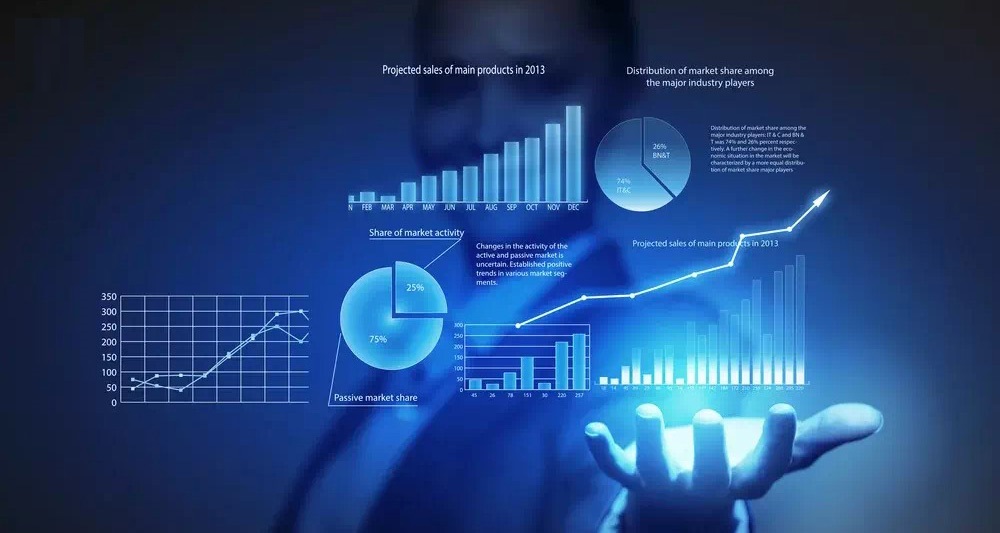Understanding Prediction Markets
Prediction markets are systems in which one may trade on future event outcomes. Unlike common betting systems, these markets are tools intended for forecasting real-world outcomes, which can range from political elections and economic indicators to sports events and technological advancements. By putting into the hands of the participants the buying and selling of “shares” of outcomes, prediction markets tap into the collective intelligence of the users with a view of generating highly accurate forecasts.
The theory on which these sites work maintains that crowds—if diverse, decentralized, and incentivized—will randomly generate more reliable predictions than an individual expert. Often referred to as the “wisdom of the crowd,” with the advent of blockchain and DeFi, prediction markets are being made even more available, transparent, and secure.
How Do Prediction Markets Function?
In a prediction market, an event is treated with two or more outcomes. Participants buy shares in the outcome they believe to be most likely. The price of such a share is the market’s confidence in that outcome. For example, if a share foretelling “Candidate A wins the election” trades at $0.70, the market believes such a probable outcome with a probability of 70 percent.
After the event occurrence and the real outcome are discovered, the holders of shares that forecast rightly are paid out, generally $1 per share, while those who have wrong predictions get nothing. This is a simple mechanism, yet very powerful, as it rewards good forecasting and punishes bad. Over time, bad data gets punished so much that the worst data disappears altogether.
Advantages of Prediction Markets
Given their strengths, these prediction markets are extremely beneficial for the following:
High Accuracy: Because participants feel an economic stake in being right, markets oftentimes outdo polls and the views of experts.
Real-Time Updates: Breaking news and developing situations are immediately logged by markets, thereby being faster than the traditional means of forecasting.
Wide Usage: Aside from politics, it is possible to use prediction markets in business, academic endeavors, health care, and scientific research.
Decentralization: The introduction of blockchain brings more transparency to the markets and helps dilute manipulation or censorship.
Impact of Blockchain on Prediction Markets
Being able to instill trust and decentralize prediction markets, blockchain technology brought tremendous improvements to prediction markets. Smart contracts automate the operations of markets, everything from trading to payouts, without depending on any central authorities. The blockchain also verifies the honesty of transaction histories and market data, making manipulation practically impossible.
In addition, DeFi protocols enable open participation so that any user in the world can participate in prediction markets without needing traditional banking infrastructure. Global accessibility thus spawned the growth of decentralized prediction platforms.
Real-World Use Cases of Prediction Markets
Political forecasting: Markets accurately forecast elections and legislative outcomes, oftentimes ahead of polls.
Economic predictions: Traders predict inflation rates, interest rate changes, and stock movements.
Sports and entertainment: Enthusiasts engage in markets based on game results, award shows, and even reality TV.
Product launches and tech innovations: Businesses assess market interest and the potential of a forthcoming product.
Scientific research: Researchers use prediction markets to crowdsource probabilities of experimental outcomes or theoretical breakthroughs.
The Emergence of Specialized Platforms
As prediction markets pick up steam, the potential possibilities for plural platforms increase in turn to cater to niche clientele and specific needs to be addressed. One prominent name in the area is Zephyr Prediction Market, combining an innovative blockchain mechanism with an interface that puts the user first, ensuring that the presence remains so that they can participate in the prediction scenario securely and at scale. Zephyr, therefore, enables users to participate across a vast array of market categories while maintaining transparency, decentralization, and data integrity.
What makes Zephyr keep it another step ahead is the simple user experience, smart contract efficiency, and community governance integration in which users can propose and curate new markets. Its token economy ensures liquidity and incentives for rewards so that participation is not just informative but rewarding.
Challenges Facing Prediction Markets
However, in reality, quite a few obstacles stand against their functioning:
Legal and Regulatory Uncertainty: Most governments consider them as a form of gambling, thereby making them subject to heavy regulations or even outright bans.
Low Liquidity: Some markets have too few participants, leading to less reliable forecasts.
Manipulation Risks: In such small or badly regulated markets, a few players could manipulate results with large trades.
Technical Barrier: For blockchain markets, the user has to grasp a little about crypto wallets, tokens, or DeFi platforms.
Overcoming these hurdles, therefore, picture supportive user-based education, compliance design, and partnerships with mainstream institutions.
The Future of Prediction Markets
The future shines for prediction markets with improvements in digital literacy worldwide and the blockchain adoption curve being on an ever-positive note. Artificial intelligence could also otherwise aid the efficiency of markets by artificially identifying trading patterns and removing outliers.
With the coming of clearer regulatory arrangements, institutional involvement is going to increase and spawn hybridization of models integrating centralized regulation with decentralized infrastructure. In the long term, prediction markets shall develop to be instruments for the performance of major decisions. Thus, major business decisions, governance structuring, and the solutions of international policy are arenas that serious market prediction participants should take into account.
Conclusion
Prediction markets constitute a revolutionary way of tapping into the collective human intelligence, producing trustworthy forecasts that merge different opinions into trading from various perspectives. With the innovation and growth of prediction markets represented by the Zephyr Prediction Market, the division between forecast and real-time data-driven prediction continuously narrows. Whether as an investor, an analyst, or a skeptical onlooker, prediction markets will finally become an intrinsic part of the information ecosystem in the forthcoming years.
